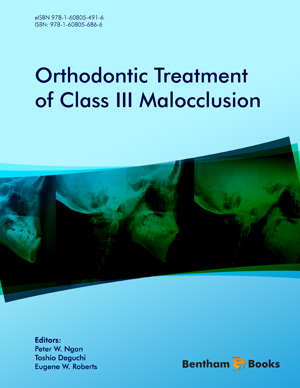Abstract
Often referred to as mandibular prognathism, the Class III phenotype can be a result of mandibular prognathism, maxillary hypoplasia (also termed maxillary retrognathism), or a combination of the two. These terms reflect the anatomical heterogeneity of Class III, as either or both jaws may be affected in sagittal length, or in position relative to each other. Familial aggregation studies suggest that familial environmental factors and/or heredity can play a substantial role in the etiology of Class III phenotype. This is supported by the findings that prevalence and anatomical characteristics of Class III malocclusions vary largely according to ethnic background, and may represent the effects of cultural differences at least to some degree. Current genetic inheritance patterns proposed for the Class III malocclusion include autosomal-recessive, autosomaldominant, autosomal-dominant with incomplete penetrance, and a polygenic threshold model. Studies will be presented showing that the familial distribution of mandibular prognathism could be explained by the presence of a dominant major gene with an autosomal Mendelian mode of transmission that is affected by other genes and environmental factors leading to incomplete penetrance and variable expressivity. Finally, findings from both genetic linkage and association analyses in humans will be presented implicating variation in chromosomal locations with the Class III phenotype, including 1p35, 1p36. 4p16.1, 6q25, 12q13, 14q24.3-31.2 and 19p13.2 in Asian populations; and 1p22.1, 3q26.2, 7p22, 11q22, 12q13.13, and 12q23 in families from South American; and 12q24.11 in primarily a Caucasian sample residing in the United States.
Keywords: Mandibular prognathism, Class III malocclusion, Craniofacial genetics, Genetics, Genetic linkage.
















